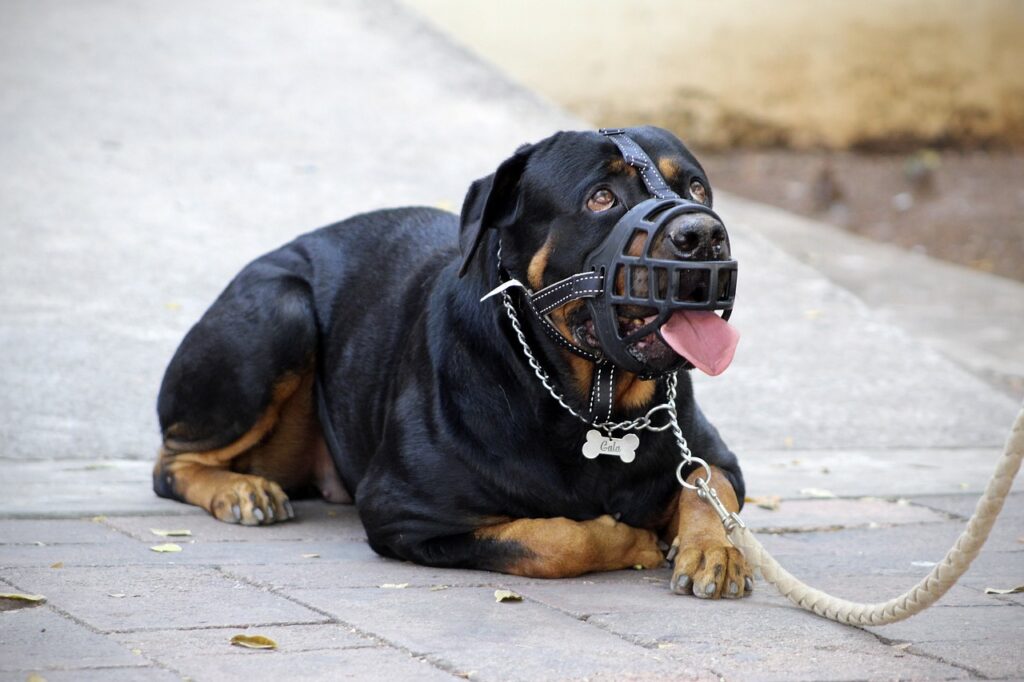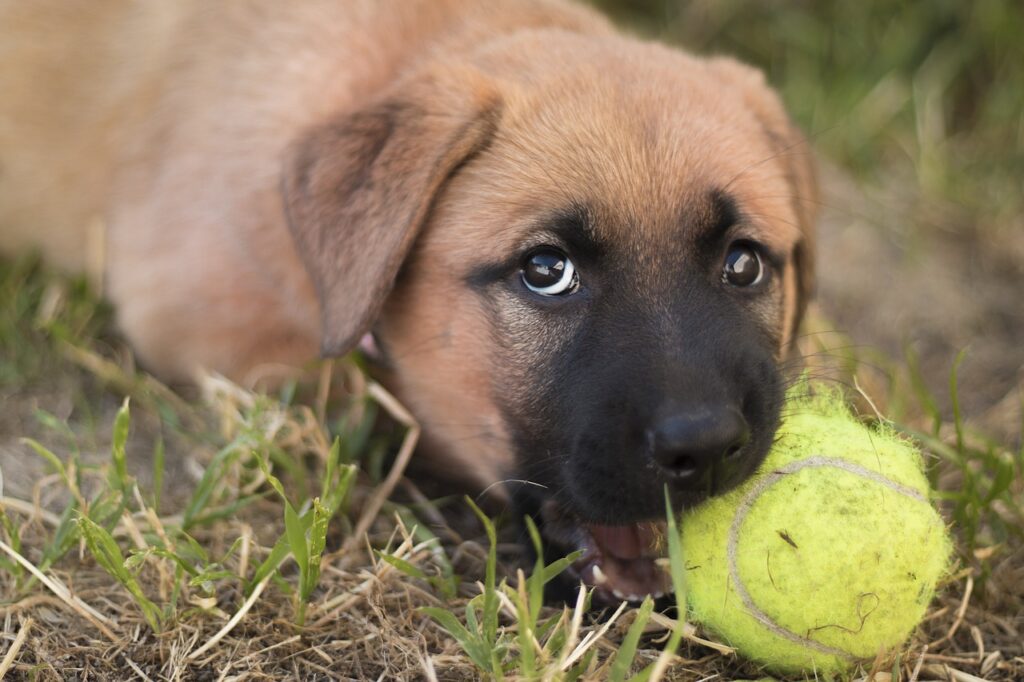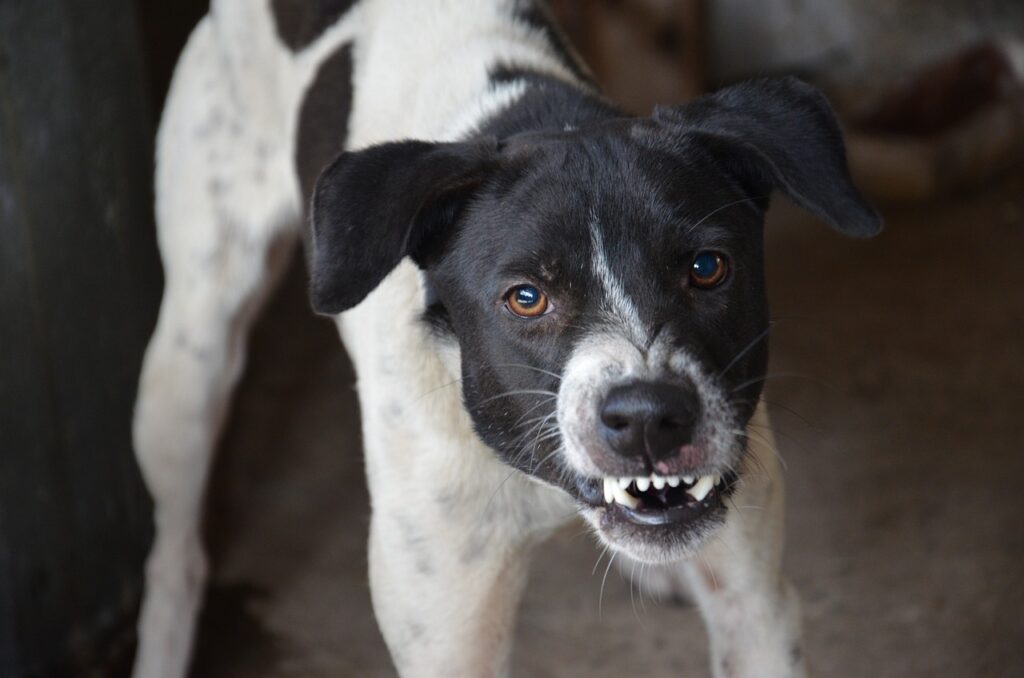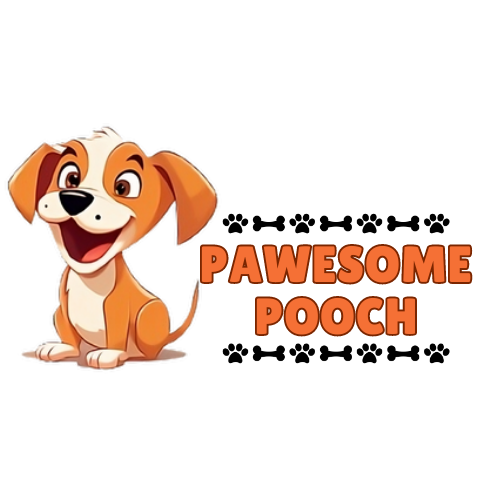
So you’ve found yourself in a situation where your beloved canine companion is showing signs of aggression. It can be a concerning and overwhelming experience, but fear not! In this article, we will explore effective strategies and techniques to help you address and manage dog aggression. From understanding the root causes to implementing positive reinforcement methods, you’ll soon be equipped with the knowledge and tools needed to navigate this challenging behavior and restore harmony within your furry family member.
Understanding Dog Aggression
Dog aggression is a behavior that can be seen in various forms and can stem from several causes. It is important to understand the different types of dog aggression in order to address them effectively. By recognizing aggressive behavior, you can take appropriate measures to prevent its escalation. Taking a proactive approach to managing and addressing aggression is crucial for the well-being and safety of both your dog and those around them.
Different Types of Dog Aggression
-
Fear Aggression: Dogs may display aggression when they feel threatened or scared. This can manifest as growling, snapping, or biting.
-
Protective Aggression: Some dogs may exhibit aggression when they are protecting their territory, family, or resources. This behavior is often triggered by a perceived threat.
-
Territorial Aggression: Dogs are naturally territorial animals and may become aggressive when they feel their area is being invaded or threatened.
-
Dominance Aggression: Dogs with dominant personalities may display aggression in an attempt to establish their authority or dominance over others.
-
Resource Guarding Aggression: Dogs may become possessive and aggressive when they feel their valuable resources, such as food, toys, or sleeping areas, are being threatened or taken away.
-
Redirected Aggression: This occurs when a dog is unable to direct their aggression towards the source of their frustration and ends up redirecting it towards another person or animal.
Causes of Dog Aggression
Understanding the causes of dog aggression can provide insights into how to address and prevent it. Aggression can be influenced by various factors, including:
-
Lack of socialization: Dogs that have had limited exposure to different people, animals, and environments during their critical socialization period may be more prone to aggression.
-
Previous negative experiences: A traumatic event or negative interaction can lead to fear-based aggression if not properly addressed and resolved.
-
Genetics: Certain breeds or individual dogs may have a genetic predisposition towards aggressive behavior. Responsible breeding practices can help mitigate this risk.
-
Lack of training and boundaries: Dogs that have not been taught appropriate behaviors or have inconsistent boundaries are more likely to engage in aggressive behavior.
-
Physical or medical conditions: Underlying health issues or pain can contribute to aggression in dogs. It is important to rule out any medical causes before addressing behavioral issues.
Recognizing Aggressive Behavior
Being able to identify signs of aggression is crucial for the safety of everyone involved. Some common behaviors that indicate aggression in dogs include:
-
Growling: This low, rumbling vocalization is a clear warning sign that a dog is feeling threatened or uncomfortable.
-
Baring teeth: When a dog snarls or shows its teeth, it is indicating that it perceives a threat and may escalate to aggression if not addressed.
-
Stiff body posture: A dog that stands rigidly, with its tail raised and ears forward, may be showing signs of aggression.
-
Lunging or snapping: Dogs that lunge or snap towards people or other animals are displaying aggressive behavior and should be handled with caution.
-
Biting: The most extreme form of aggression, biting can cause serious harm and highlights the urgent need for intervention and management.
Preventing Dog Aggression
Taking proactive measures to prevent dog aggression is essential for fostering a safe and harmonious environment for both your dog and those around them. By focusing on early socialization, proper training, and consistent boundaries, you can lay the foundation for a well-behaved and non-aggressive dog.
Early Socialization
Early socialization is key to helping your dog develop positive behaviors and adapt to various situations. Expose your dog to different people, animals, sounds, and environments from an early age. Gradually introducing them to new experiences and rewarding positive behavior will help them feel more comfortable and less likely to display aggression in unfamiliar situations.
Proper Training and Obedience
Investing time and effort into training your dog is crucial for preventing aggression. Teaching basic commands, such as sit, stay, and come, not only enhances their obedience but also establishes your leadership and control. Positive reinforcement techniques, such as reward-based training, motivate your dog to behave well and minimize any aggressive tendencies.
Consistent Boundaries and Rules
Consistency is key in preventing dog aggression. Establish clear boundaries and rules for your dog and consistently enforce them. This helps your dog understand what behaviors are acceptable and what is not. By setting consistent expectations, you create a sense of security for your dog and reduce the likelihood of them becoming aggressive due to confusion or frustration.

This image is property of pixabay.com.
Managing Dog Aggression
If your dog is already displaying signs of aggression, managing their behavior is crucial to ensure the safety of all parties involved. By utilizing safe distractors, implementing positive reinforcement, and avoiding potentially aggressive situations, you can mitigate aggressive behavior and maintain control.
Utilizing Safe Distractors
Redirecting your dog’s attention away from aggressive triggers can help diffuse potential conflict. Offering a toy, engaging them in a game, or redirecting their focus with treats can distract them from their aggressive impulses and help calm them down.
Implementing Positive Reinforcement
Positive reinforcement training techniques, such as rewarding good behavior with treats or praise, can be effective in managing aggression. By rewarding calm and non-aggressive behavior, you reinforce desired behaviors and create a positive association.
Avoiding Potentially Aggressive Situations
Preventing your dog from being exposed to potential triggers is important in managing aggression. If you know certain situations or environments provoke an aggressive response, avoid them whenever possible. This may include keeping your dog away from other aggressive dogs, crowded areas, or high-stress environments.
Seeking Professional Help
In cases where dog aggression persists or poses a serious risk, seeking professional help is highly recommended. Consulting with a veterinarian, hiring a professional trainer or behaviorist, or considering medication options can provide expert guidance and assistance in addressing and managing dog aggression effectively.
Consulting with a Veterinarian
A veterinarian can help determine if there are any medical conditions or underlying factors contributing to your dog’s aggression. They can assess your dog’s overall health and recommend appropriate interventions, including medication, if necessary.
Hiring a Professional Trainer or Behaviorist
Working with a professional dog trainer or behaviorist experienced in aggression cases can provide invaluable guidance. They can assess your dog’s behavior, develop a behavior modification plan, and guide you through the process of retraining and managing aggressive tendencies.
Considering Medication Options
In some cases, medication may be necessary to help manage aggression in dogs. A veterinarian or veterinary behaviorist can prescribe medications that may help reduce anxiety, fear, or other underlying causes of aggression. Medication should always be used in conjunction with behavior modification and under the guidance of a professional.

This image is property of pixabay.com.
Dealing with Fear Aggression
Fear aggression can be particularly challenging to address, as it stems from a dog’s perception of threat or fear. However, with appropriate techniques, fear aggression can be managed effectively.
Identifying Fear Triggers
Understanding what triggers your dog’s fear aggression is crucial for addressing the issue. Take note of situations, objects, or people that elicit aggressive responses in your dog. This can help you create a plan to gradually desensitize them to these triggers.
Positive Reinforcement Training
Using positive reinforcement techniques can help your dog associate fearful situations with positive experiences. Encourage calm behavior, reward them for staying relaxed, and gradually expose them to fear triggers in a controlled and positive manner.
Gradual Desensitization
Slowly exposing your dog to fear triggers in a controlled environment is vital for helping them overcome fear aggression. Start with minimal exposure and gradually increase the intensity or duration as your dog becomes more comfortable. By gradually desensitizing them, you can help them build confidence and reduce aggressive responses.
Handling Protective Aggression
Dogs that exhibit protective aggression may do so out of a strong instinct to guard their territory or loved ones. Proper training and management techniques can help address and minimize this behavior.
Understanding Protective Instincts
Recognize that protective aggression stems from your dog’s instinct to safeguard their family, territory, or resources. Acknowledging this instinct can help you understand the motivation behind their behavior and approach it appropriately.
Teaching Commands and Boundaries
Training your dog to respond to specific commands, such as “sit” or “stay,” can provide them with guidance and control in potentially triggering situations. Establish boundaries and teach your dog to respect them, ensuring they understand they do not need to take on the role of protector in every situation.
Controlling the Environment
Minimize situations that trigger protective aggression by managing your dog’s environment. This may include preventing access to areas where territorial aggression typically occurs or closely monitoring interactions with unfamiliar people or animals. Ensure your dog feels secure and does not feel the need to be constantly on guard.

This image is property of pixabay.com.
Addressing Territorial Aggression
Dogs naturally exhibit territorial behaviors, but when these behaviors escalate to aggression, it becomes a cause for concern. By understanding territory marking behavior, creating a calm environment, and using behavior modification techniques, you can address and manage territorial aggression effectively.
Recognizing Territory Marking Behavior
Identifying signs of territorial aggression, such as urine marking, growling, or barking at perceived intruders, is key to addressing the issue. By understanding when and why your dog displays territorial behavior, you can implement appropriate strategies to manage it.
Creating a Calm Environment
A calm and controlled environment is essential in managing territorial aggression. Minimize external stimuli that may trigger your dog’s territorial instincts, such as reducing exposure to unfamiliar animals or preventing visual access to people passing by your property.
Using Behavior Modification Techniques
Behavior modification techniques, such as rewarding calm behavior and utilizing positive reinforcement, can be effective in managing territorial aggression. Gradually exposing your dog to controlled situations where they display territorial behavior and rewarding them for calm responses can help reshape their behavior over time.
Dealing with Dominance Aggression
Dominance aggression is often driven by a dog’s desire to establish and assert their authority. By focusing on establishing leadership, using reward-based training, and avoiding confrontational techniques, you can address and manage dominance aggression.
Establishing Leadership and Hierarchy
Establishing yourself as the leader and setting clear rules and boundaries is essential in addressing dominance aggression. Consistency, clear communication, and appropriate discipline techniques that do not involve physical force or punishment are key in establishing a healthy hierarchy and reducing aggressive behavior.
Reward-Based Training
Dominant dogs respond well to reward-based training, as it encourages cooperation and reinforces positive behavior. Utilize treats, praise, and other rewards to motivate your dog and redirect their focus towards desired actions and behaviors.
Avoiding Confrontational Techniques
Physical force or punishment-based training techniques should be avoided when dealing with dominance aggression. These techniques can escalate aggression and may cause fear or anxiety in your dog. Instead, focus on building a positive and trusting relationship with your dog through reward-based training methods.
Managing Resource Guarding Aggression
Resource guarding aggression occurs when a dog displays aggression to protect valuable resources such as food, toys, or spaces. By identifying signs of resource guarding, implementing counter conditioning, and gradually modifying behavior, you can manage this form of aggression effectively.
Identifying Signs of Resource Guarding
Recognizing signs of resource guarding, such as growling, stiffening, or snapping, is crucial for managing this behavior. Understanding what triggers your dog’s aggression in relation to their resources can help you implement appropriate interventions.
Implementing Counter Conditioning
Counter conditioning involves changing your dog’s emotional response to situations that trigger resource guarding aggression. Gradually conditioning your dog to associate the presence of a person or another animal near their resource with positive experiences, such as receiving treats, can help reduce their aggressive response.
Gradual Behavior Modification
Modifying resource guarding behavior requires gradual and controlled exposure to the triggers. Start by introducing your dog to low-value resources and gradually progress to more valuable items. With patience and consistency, your dog can learn to associate the presence of others near their resources with positive outcomes and reduce their aggression.
Addressing Redirected Aggression
Redirected aggression occurs when a dog is unable to direct their aggression towards the source of their frustration and ends up redirecting it towards another person or animal. By understanding triggers for redirected aggression, creating safe spaces, and seeking professional guidance, you can address and manage this challenging behavior.
Understanding Triggers for Redirected Aggression
Identifying the triggers that lead to redirected aggression is essential in managing this behavior. Frustration, fear, or being unable to access the source of their agitation can initiate redirected aggression. Identifying these triggers helps prevent situations that can lead to redirected aggression episodes.
Creating Safe Spaces
Providing your dog with a safe and secure environment is crucial in managing redirected aggression. Ensure they have access to a designated safe space where they can retreat and calm down when they become agitated. This space should be free from potential triggers or access to other people or animals.
Seeking Professional Guidance
Redirected aggression can be challenging to address without professional assistance. Consult with a veterinarian or a professional dog trainer or behaviorist experienced in working with aggression cases. They can provide guidance tailored to your dog’s specific needs and help you develop a behavior modification plan.
In conclusion, understanding, preventing, and managing dog aggression requires a comprehensive approach that takes into account the specific type of aggression and its underlying causes. By focusing on early socialization, proper training, and consistent boundaries, you can prevent aggression from developing. If aggression is already present, utilizing safe distractors, implementing positive reinforcement, and avoiding potentially aggressive situations can aid in managing the behavior. Seeking professional help, particularly when aggression persists or poses serious risks, is essential. By addressing specific types of aggression, such as fear, protective, territorial, dominance, resource guarding, and redirected aggression, through appropriate techniques, you can effectively address and manage your dog’s aggression, ensuring a safe and happy environment for everyone involved.

